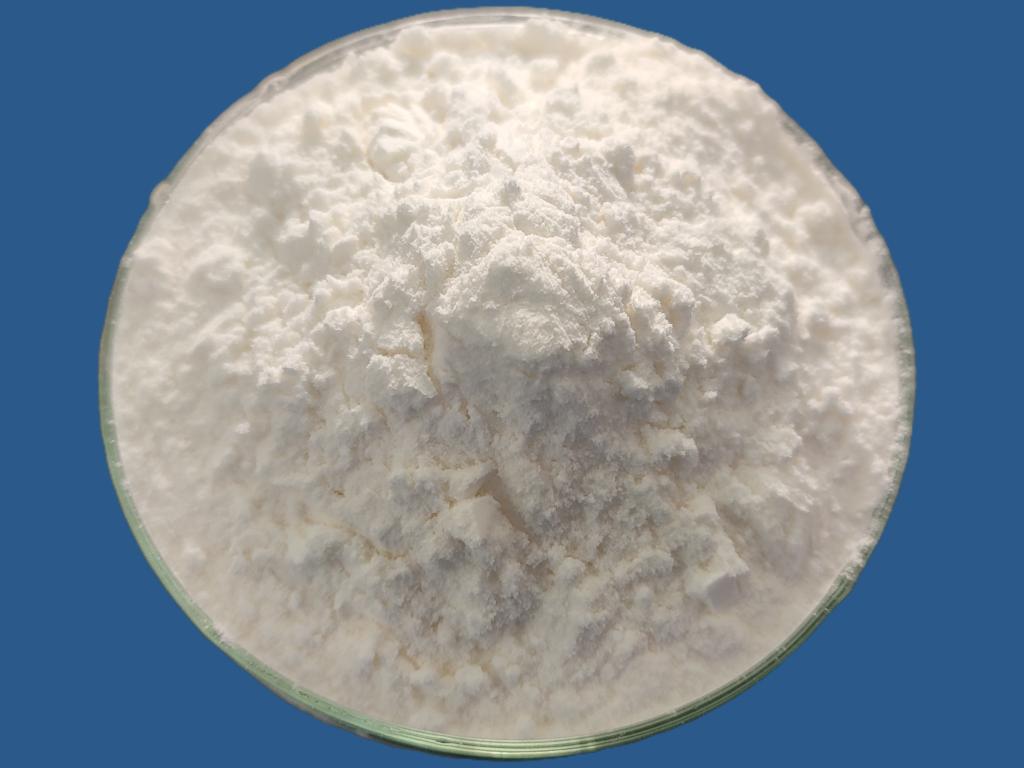Tel:+8618231198596

News
 CONTACT
CONTACT
 CONTACT
CONTACT
- Linkman:Linda Yao
- Tel: +8618231198596
- Email:linda.yao@dcpharma.cn
- Linkman:CHARLES.WANG
- Department:Overseas
- Tel: 0086 0311-85537378 0086 0311-85539701
News
Current Position:
Home >
News
>Ongoing studies explore products containing ε-Polylysine hydrochloride.
Ongoing studies explore products containing ε-Polylysine hydrochloride.
TIME:2024-04-12
The Importance of Long-Term Stability Studies:
Long-term stability studies are critical for assessing the performance and efficacy of food products containing ε-Polylysine hydrochloride over extended periods. While initial stability testing provides valuable insights into short-term effects, long-term studies offer a comprehensive understanding of product stability under diverse storage conditions, including temperature fluctuations, light exposure, and packaging interactions. By monitoring changes in microbial growth, sensory attributes, and chemical composition over time, researchers can identify potential degradation pathways, optimize formulation parameters, and ensure product quality and safety throughout its shelf life.
Factors Influencing Stability:
Several factors influence the stability of products containing ε-Polylysine hydrochloride, including formulation composition, processing methods, packaging materials, and storage conditions. The interaction between ε-Polylysine hydrochloride and other ingredients, such as pH modifiers, antioxidants, and emulsifiers, can impact its stability and antimicrobial activity. Processing techniques, such as heat treatment and high-pressure processing, may affect the integrity and efficacy of ε-Polylysine hydrochloride, necessitating optimization to minimize degradation. Furthermore, packaging materials and storage conditions, such as temperature, humidity, and exposure to light, can influence the rate of degradation and the overall stability of ε-Polylysine hydrochloride in food products.
Evaluation of Antimicrobial Activity:
Central to the assessment of long-term stability is the evaluation of ε-Polylysine hydrochloride's antimicrobial activity against target microorganisms. Ongoing studies involve monitoring changes in microbial populations, including spoilage organisms and foodborne pathogens, in products containing ε-Polylysine hydrochloride over extended storage periods. Microbiological analyses, such as total viable counts, enumeration of specific bacterial species, and determination of antimicrobial effectiveness, provide valuable data on the preservation efficacy and shelf-life extension capabilities of ε-Polylysine hydrochloride in diverse food matrices.
Sensory and Quality Attributes:
In addition to microbiological stability, ongoing studies focus on assessing the sensory and quality attributes of products fortified with ε-Polylysine hydrochloride over time. Sensory evaluation panels and instrumental analyses measure changes in color, flavor, texture, and overall acceptability to determine product freshness and consumer preference. Understanding the impact of ε-Polylysine hydrochloride on sensory attributes, both initially and throughout storage, enables manufacturers to optimize formulations and processing conditions to maintain product quality and consumer satisfaction over the product's shelf life.
Chemical Stability and Degradation Pathways:
Comprehensive stability studies also encompass the evaluation of ε-Polylysine hydrochloride's chemical stability and potential degradation pathways in food products. Analytical techniques, such as chromatography, spectroscopy, and mass spectrometry, facilitate the identification and quantification of degradation products, breakdown mechanisms, and reaction kinetics. By elucidating the factors contributing to ε-Polylysine hydrochloride degradation, researchers can develop strategies to mitigate degradation pathways, enhance stability, and extend the shelf life of products containing ε-Polylysine hydrochloride.
Regulatory Compliance and Labeling Requirements:
Ongoing studies on the long-term stability and performance of ε-Polylysine hydrochloride in food products also address regulatory compliance and labeling requirements. Regulatory agencies, such as the U.S. Food and Drug Administration (FDA) and the European Food Safety Authority (EFSA), mandate stringent safety assessments and labeling guidelines for food additives, including preservatives like ε-Polylysine hydrochloride. Long-term stability data, supported by comprehensive scientific evidence, are essential for regulatory submissions and ensuring compliance with applicable regulations and labeling requirements.
Emerging Insights and Future Directions:
Emerging insights from ongoing stability studies offer valuable opportunities to optimize the performance and application of ε-Polylysine hydrochloride in food preservation. Future research directions may involve the development of advanced formulation strategies, novel processing techniques, and innovative packaging technologies to enhance the stability and efficacy of ε-Polylysine hydrochloride in diverse food products. Additionally, interdisciplinary collaborations between food scientists, microbiologists, chemists, and engineers can drive innovation and accelerate the translation of research findings into practical solutions for the food industry.
Conclusion:
Ongoing studies on the long-term stability and performance of products containing ε-Polylysine hydrochloride are essential for ensuring product quality, safety, and regulatory compliance. By systematically evaluating factors influencing stability, including formulation composition, processing methods, packaging materials, and storage conditions, researchers can optimize ε-Polylysine hydrochloride's efficacy as a preservative and extend its shelf life in various food matrices. Emerging insights from these studies provide valuable guidance for manufacturers, regulatory agencies, and consumers, driving innovation and fostering greater confidence in the use of ε-Polylysine hydrochloride as a sustainable solution for food preservation.
- Tel:+8618231198596
- Whatsapp:18231198596
- Chat With Skype







